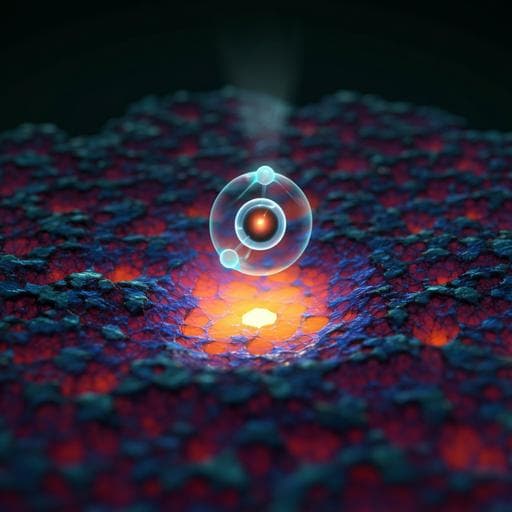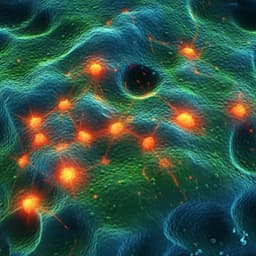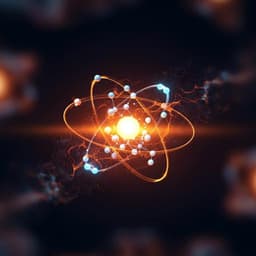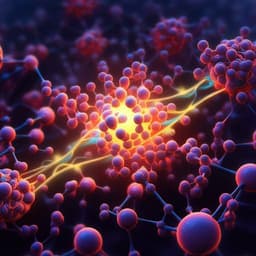
Chemistry
Selectively anchoring single atoms on specific sites of supports for improved oxygen evolution
Z. Zhang, C. Feng, et al.
This groundbreaking research by Zhirong Zhang and colleagues explores the strategic placement of Ir single atoms on CoOOH surfaces to enhance oxygen evolution reaction (OER) activity. Discover how different anchoring sites dramatically impact electronic interactions and performance, with Ir1/Vo-CoOOH leading the charge in efficiency.
~3 min • Beginner • English
Related Publications
Explore these studies to deepen your understanding of the subject.







